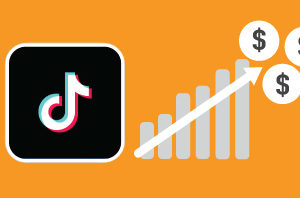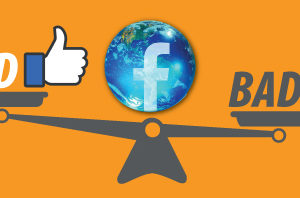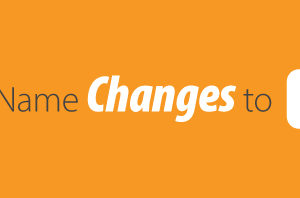
Did you know that Facebook owns Instagram and WhatsApp? This massive social media platform has owned these two apps for a few years now. Would it help or break the growth of these platforms if people knew?
As reported by Wall Street Journal on August 7th, 2019 by Laura Forman.
Facebook’s Rebranding Could Faceplant
Transparency is noble in theory, less so in practice.
Facebook said on Friday that it would rebrand its Instagram and WhatsApp platforms to include the Facebook name. Last year, search engine DuckDuckGo found that more than half of Instagram and WhatsApp users were unaware the apps were owned by the social-media giant. For Facebook, which continues to grow both its user base and its advertising revenue in large part due to the success of its newer apps, ignorance may have translated into financial bliss.
Given the fact that Facebook bought Instagram way back in 2012 and WhatsApp in 2014, it is a bit ironic that in the year the social giant declared itself to be privacy-focused it would suddenly want its name plastered on everything it owns. A Facebook spokeswoman said last week the move was made to “be clearer” about the products and services Facebook owns.
Unified branding could help Facebook to build a case against a mounting antitrust investigation, or at least to dispel the notion that users aren’t aware of who owns their favorite apps. Leveraging the popularity of Instagram and WhatsApp also could help to reinvigorate Facebook’s tired legacy “blue” platform.
Still, the move reportedly confounded even employees. Recent marketing research that included the “from Facebook” branding change revealed that it wasn’t universally “liked.” The Wall Street Journal reported Friday that when people were told Instagram was owned by Facebook, they rated the platform lower than when the connection wasn’t pointed out, citing someone familiar with the matter.
That makes the move appear quite risky. A Pew Research survey last year found more than 40% of Americans were taking a break from checking Facebook’s original app and more than one-quarter deleted the Facebook app from their phones in the wake of the Cambridge Analytica scandal. Another #deletefacebook movement, then, could inflict wider damage across Facebook’s platforms.
According to a related article by the Wall Street Journal on August 2, 2019 by Deepa Seetharaman and Jeffrey Horwitz: Facebook Shows Who’s Boss by Adding Its Name to Instagram, WhatsApp
Mr. Zuckerberg’s efforts to unify these services have been controversial internally, according to former employees, and some insiders remain puzzled by Mr. Zuckerberg’s overarching reasons for pursuing this strategy. Over the last year, Mr. Zuckerberg has adopted a more-aggressive posture internally and pushed for changes over the objections of other senior executives.
A recurring conclusion of Facebook’s marketing research was that Instagram and WhatsApp were harmed by their association with Facebook’s brand, according to someone familiar with the results of the research. The effect wasn’t subtle: When Instagram users were told of Facebook’s ownership of Instagram and asked their opinion of Instagram, they rated the platform lower than when Instagram’s connection with Facebook wasn’t made, the person said.
Supporters of the change believed that stitching the brands together could help burnish the Facebook brand, which has been beset by challenges stemming from myriad controversies around user privacy and misinformation.
Changes in the company’s marketing structure presaged the branding move. Late last year, Facebook created a “Facebook Inc.” marketing division which was meant to both coordinate and centralize the company’s efforts to promote its various brands. But even then there was little discussion around or support for emphasizing Instagram and WhatsApp’s connection to Facebook.
Would you still use Instagram or WhatsApp if Facebook added their name to these social media platforms?
Additional Rebranding Resources:
5 Critical Steps of Rebranding
Additional Corporate Branding Resources:
Branded House or House of Brands?
Selecting the “Write” Font For Your Brand Logo [INFOGRAPHIC]




